In 2025, A4 thermal paper in Bangladesh has become a crucial item for businesses relying on thermal printers. Prices...
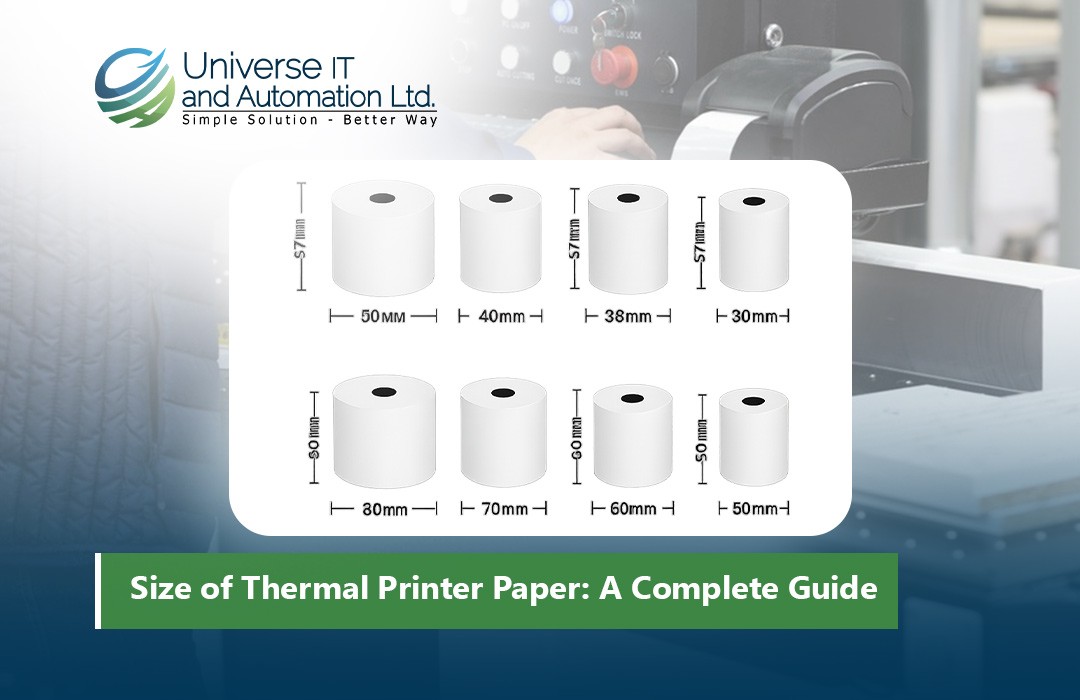
Size of Thermal Printer Paper: A Complete Guide
Thermal printers have become an essential tool for businesses worldwide, powering everything from cash registers to ticketing systems. Unlike traditional printers, thermal printers use heat to produce images and text on specially coated paper. Choosing the right thermal printer paper size is crucial for smooth operations, optimal performance, and cost efficiency. This complete guide will walk you through the different sizes, applications, and considerations when selecting thermal paper for your needs.
1. Understanding Thermal Printer Paper
Thermal paper is a type of heat-sensitive paper that reacts to thermal print heads. It eliminates the need for ink or toner, making printing faster, cleaner, and more economical. Thermal paper is commonly used for:
-
POS receipts in retail and hospitality
-
ATM receipts
-
Ticketing and boarding passes
-
Shipping labels and logistics
-
Medical and laboratory printouts
The performance of your thermal printer largely depends on selecting the correct paper type and size, as mismatched rolls can cause paper jams, incomplete prints, or damage to the printer.
2. Standard Thermal Printer Paper Sizes
Thermal paper comes in various widths and lengths. Understanding these dimensions helps you choose the right fit for your printer.
a) 57mm (2.25 inches) Thermal Paper
-
Most common for compact POS printers
-
Ideal for small receipts and low-volume transactions
-
Typical roll length: 30–50 meters
b) 58mm Thermal Paper
-
Very similar to 57mm, often interchangeable depending on printer specifications
-
Popular in retail, restaurants, and small-scale businesses
-
Roll length can range from 40–80 meters
c) 80mm (3.125 inches) Thermal Paper
-
Widely used in larger POS systems and high-volume printing
-
Suitable for detailed receipts with logos, barcodes, and graphics
-
Standard roll lengths: 80 meters, sometimes up to 100 meters
d) Other Common Sizes
-
110mm: Often used for large invoices and specialized printers
-
112mm and 210mm: Used in industrial or label printing applications
-
Custom sizes: Some businesses require non-standard widths for unique printers or labeling machines
3. Factors to Consider When Choosing Thermal Paper Size
Choosing the correct paper size depends on multiple factors, including printer specifications, transaction types, and business needs.
a) Printer Compatibility
Always check your printer’s manual or specifications to determine supported widths. Using incompatible rolls can cause paper jams or damage the printer head.
b) Receipt Length
Longer receipts may require wider or longer rolls to avoid frequent replacements. Consider the typical amount of information printed on each receipt.
c) Print Density and Quality
Wider rolls often allow for better print density, making receipts clearer, especially if you include logos, QR codes, or barcodes.
d) Cost Efficiency
Smaller rolls may be cheaper, but frequent replacements can increase labor and downtime. Evaluate the total cost per roll and its effect on daily operations.
e) Environmental Considerations
Thermal paper is often coated with chemicals like BPA or BPS. Choose BPA-free thermal paper for a safer, eco-friendly option if environmental impact is a concern.
4. Measuring Thermal Paper Size
Thermal paper size is measured by width and diameter (or length).
-
Width: The horizontal measurement of the roll. Common widths are 57mm, 58mm, 80mm, etc.
-
Roll Diameter: Total roll thickness, usually ranging from 30mm to 80mm. Larger diameters provide more paper per roll, reducing replacements.
-
Core Size: The inner cardboard tube size, commonly 12mm or 13mm. Ensure your printer can accommodate the core size.
Tip: Always measure the current roll in your printer to confirm correct replacement size.
5. Types of Thermal Paper Rolls
Thermal paper rolls come in several varieties depending on application:
-
Standard Thermal Paper: Used for most receipts and tickets
-
Premium or High-Sensitivity Paper: For printers with low heat output
-
Label Thermal Paper: Adhesive-backed for shipping or product labeling
-
Colored Thermal Paper: Often used for promotions, coupons, or specialty tickets
-
Continuous vs. Perforated Rolls: Continuous rolls for long receipts; perforated for easy tear-off
6. How to Ensure Proper Paper Handling
Proper storage and handling extend the life of your thermal paper:
-
Keep away from heat and sunlight: Excessive heat can pre-print or fade thermal paper
-
Store in a dry environment: Moisture can cause paper jams or uneven prints
-
Avoid contact with oils and plastics: Certain chemicals can react with thermal coatings
-
Use BPA-free rolls if safety is a concern: Especially in food or medical environments
7. Common Mistakes to Avoid
-
Using incorrect width rolls that don’t fit the printer
-
Ignoring core size, leading to improper loading
-
Overlooking roll diameter, causing frequent replacements
-
Using low-quality paper that can smudge, fade, or jam
-
Storing paper in hot or humid areas
By avoiding these mistakes, businesses can save time, reduce costs, and ensure consistent print quality.
8. Tips for Choosing the Right Thermal Paper Size
-
Check your printer manual for supported sizes and maximum roll diameter
-
Evaluate your printing needs: Are receipts long or short? Do you need graphics?
-
Balance cost and convenience: Larger rolls reduce labor, smaller rolls reduce upfront costs
-
Consider environmental and safety factors: BPA-free options or recyclable paper
-
Test a sample roll before bulk purchases to ensure compatibility
Conclusion
Selecting the right thermal printer paper size is more than just picking a roll off the shelf. It requires understanding your printer, business needs, and the type of receipts or labels you print. Whether you use 57mm, 80mm, or specialty rolls, proper sizing ensures smooth printing, prevents equipment damage, and saves time and money. Investing in high-quality, compatible thermal paper is essential for businesses that rely on fast, reliable, and professional printing every day.
By following this guide, you can confidently choose the perfect thermal paper size, optimize your printing operations, and maintain excellent service for your customers.

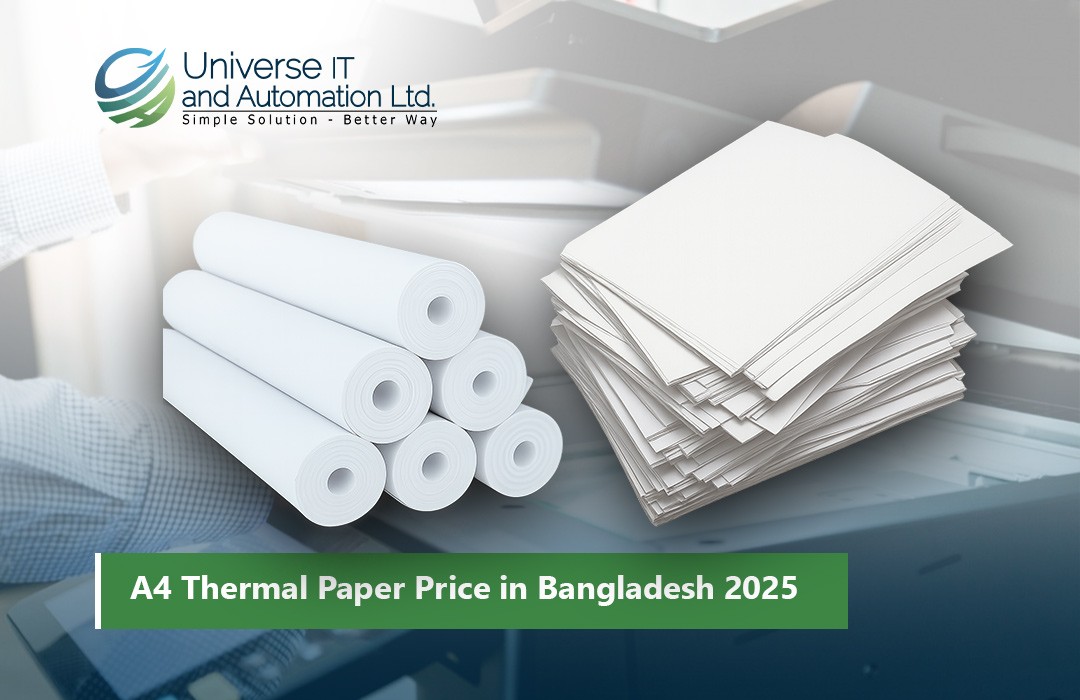
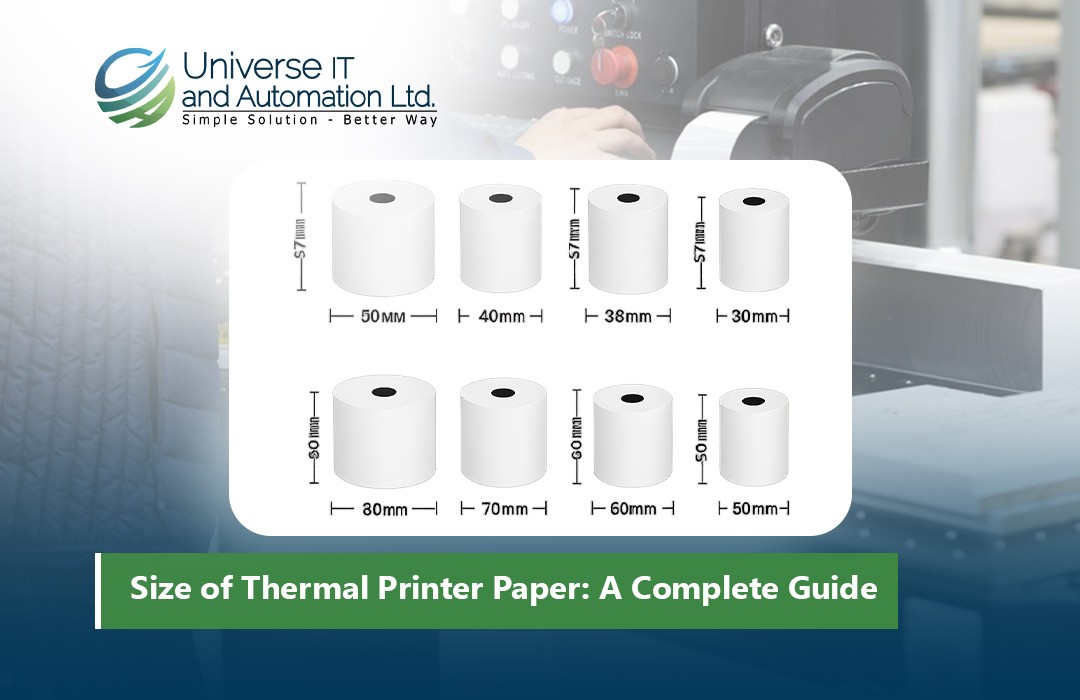
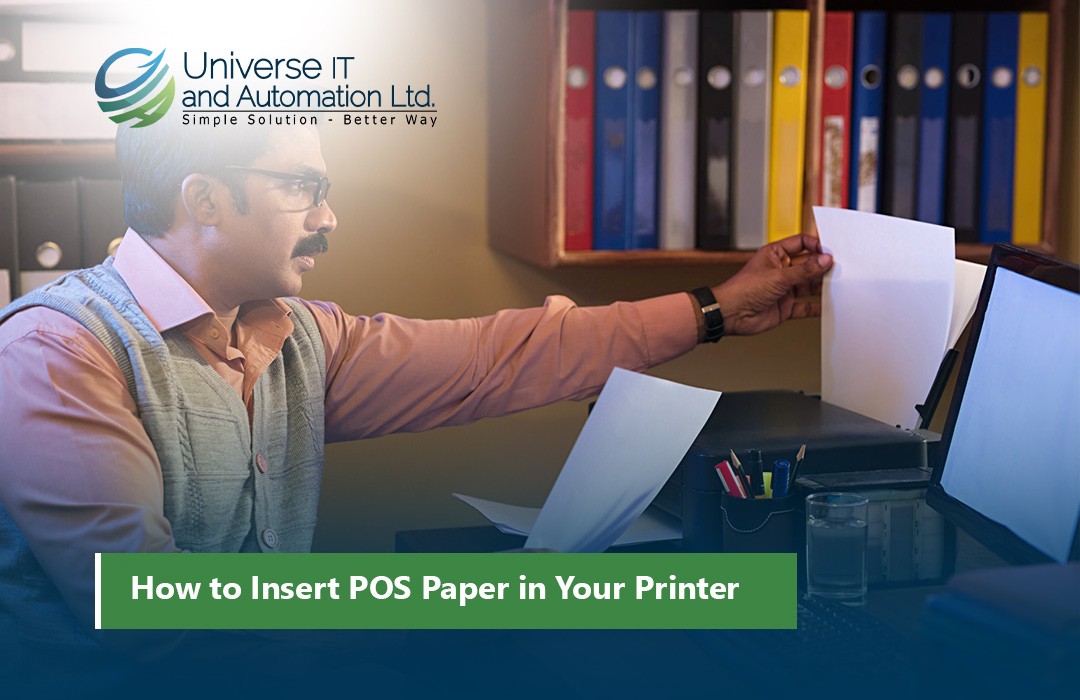
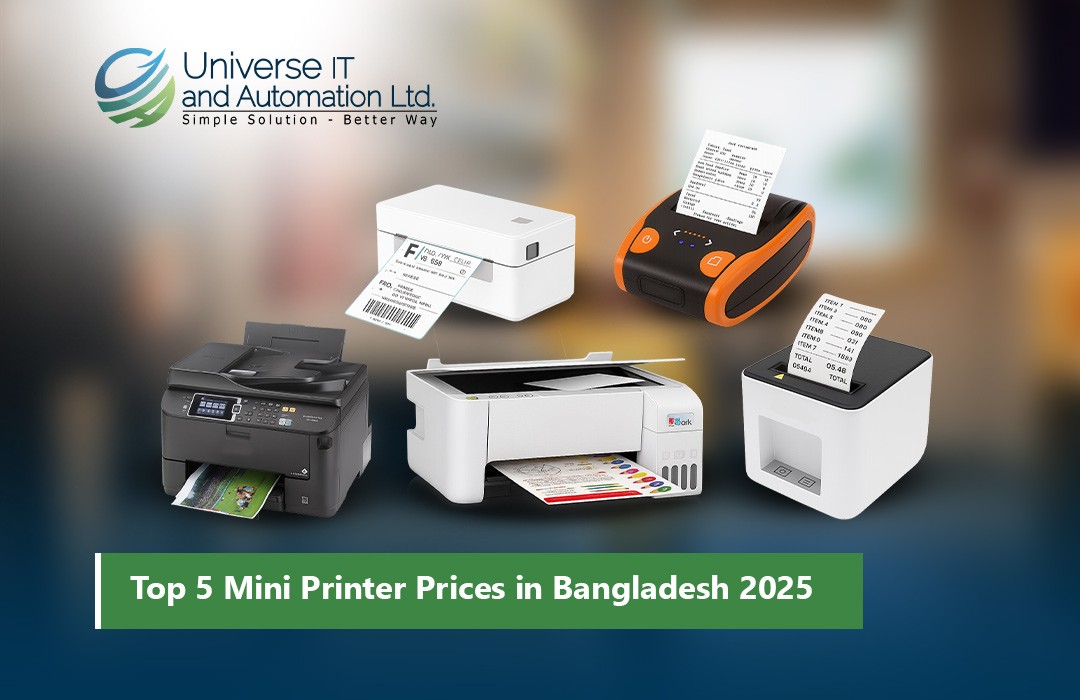
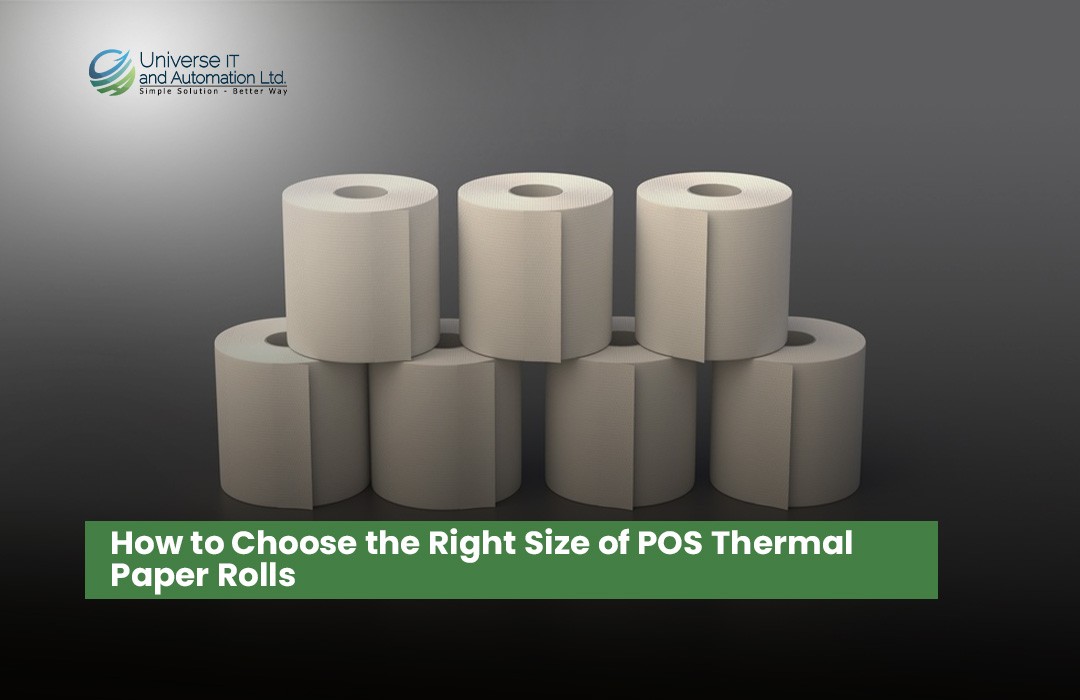
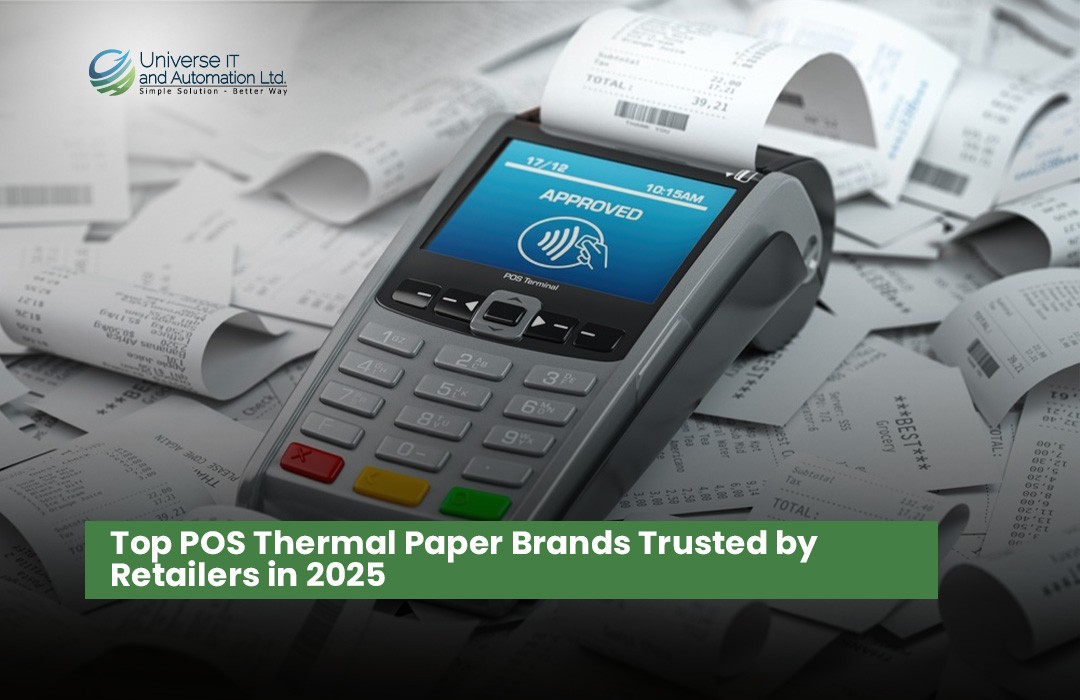
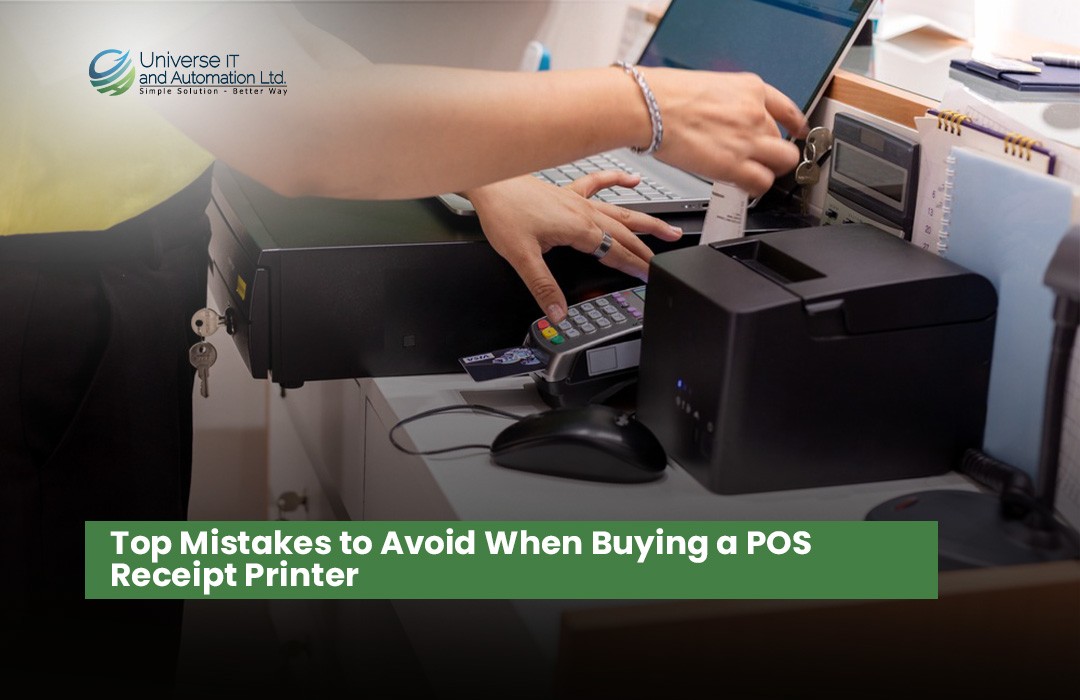
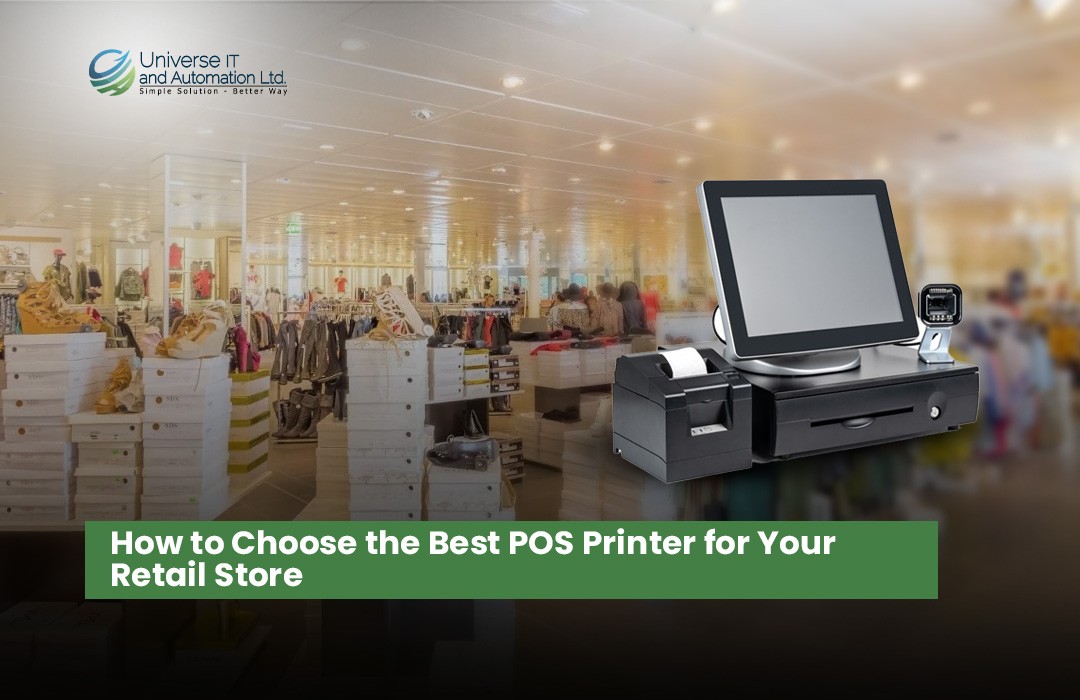


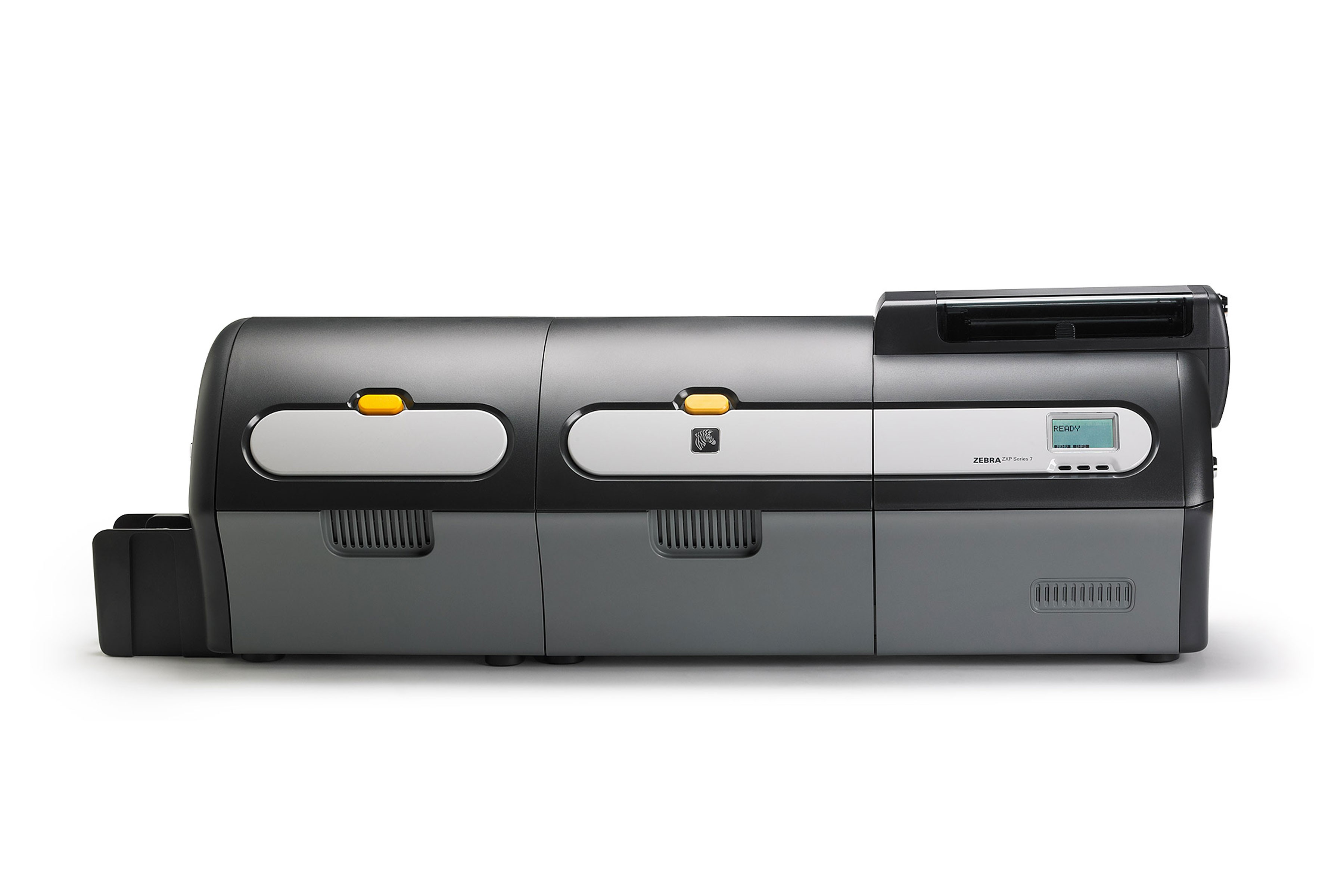
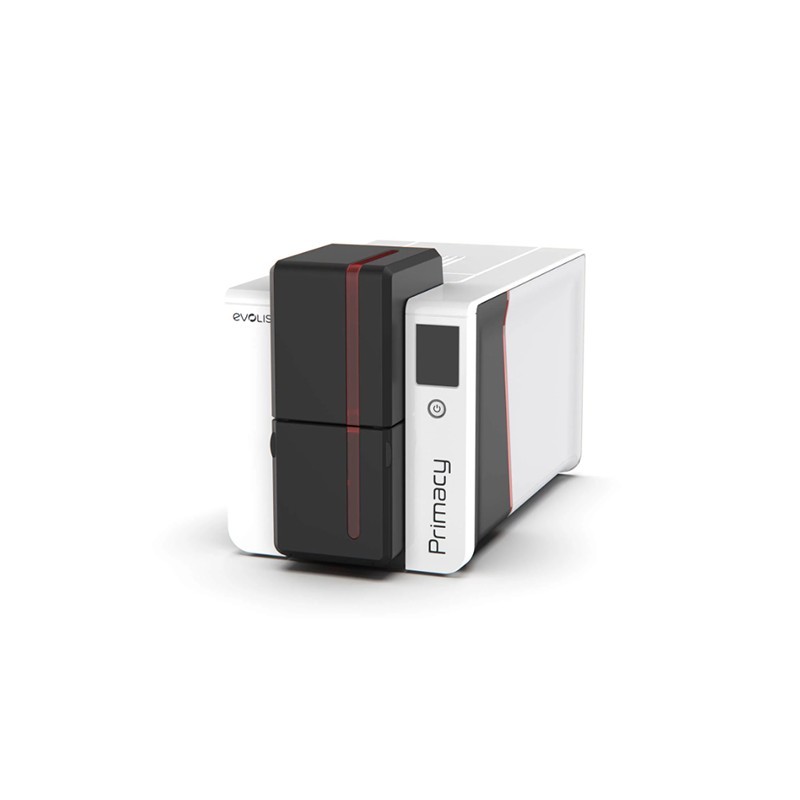
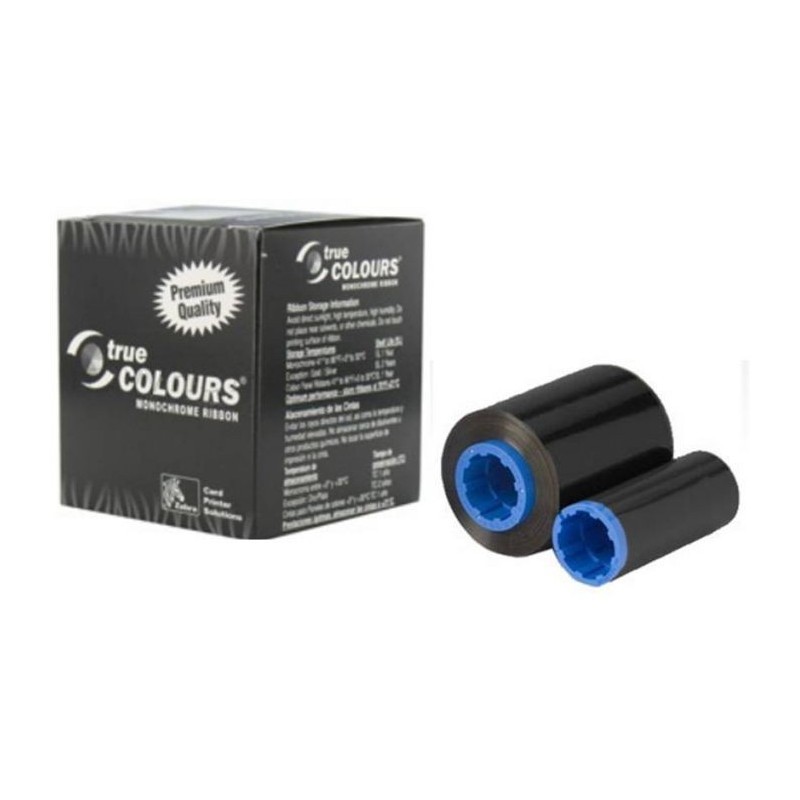
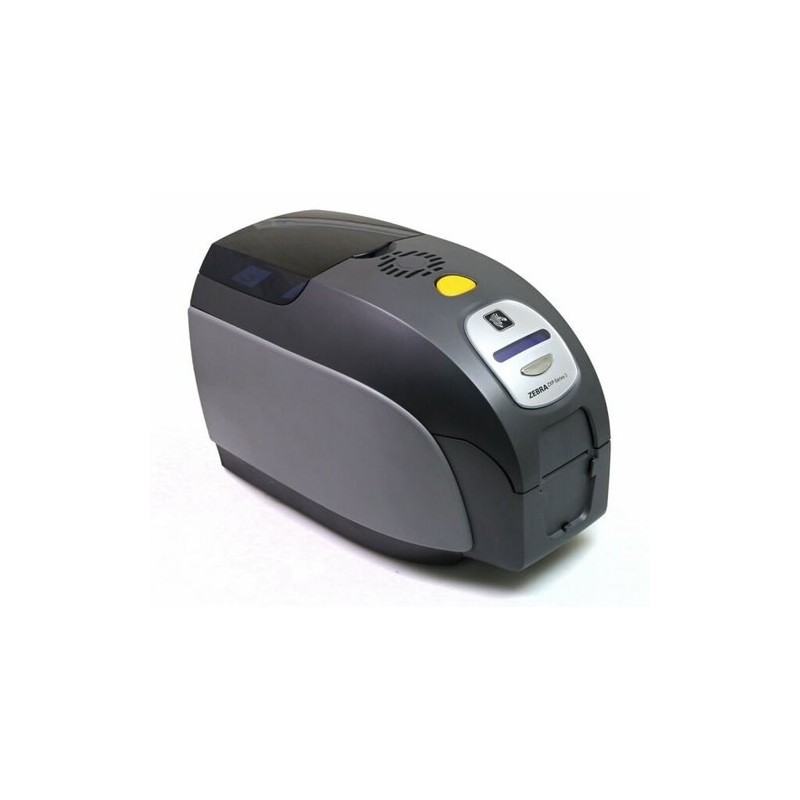
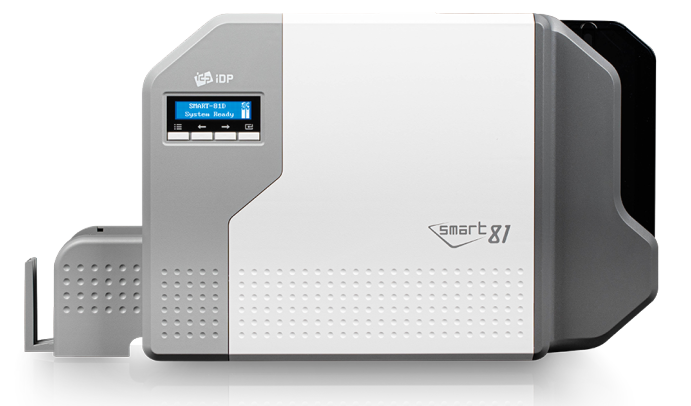
Leave a comment